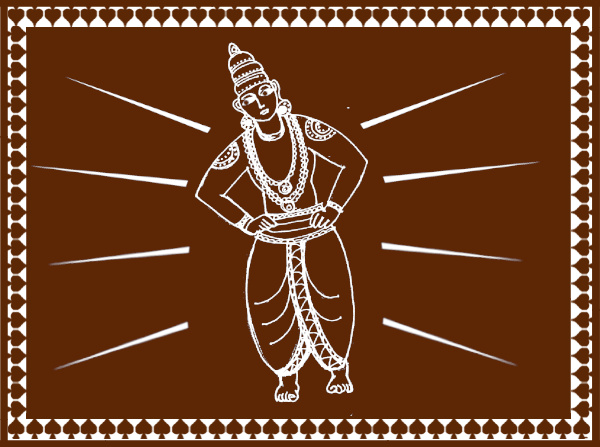
No one knows from where they came or how they ended up in Goa, but the priest of Lairai temple narrates the following tale about the Seven sisters. Seven sisters and their younger brother came from Karnataka region riding an elephant. They first stopped over at Mayem village in Bicholim Taluka of north Goa. As soon as they arrived, Mhamai the eldest of the seven sisters, sent the brother Khetalo to fetch fire from near by market. She wanted to set up a stove to cook food for all of them. Young Khetalo went in search of fire to the nearby market and got lost in the hustle bustle of the market. Mhamai then asked Lairai and Kelbai to go find out why Khetalo was taking such a long time to fetch fire. The two sisters found Khetalo engrossed in watching children playing games, having forgotten his errand to fetch fire. Lairai got furious and kicked him hard. Kelbai watched without intervening while Khetalo was being kicked. Lairai kicked Khetalo so hard that he got a permanent bent in his waist. Lairai repented her action and vowed to atone her sin by walking through fire. Kelbai too felt ashamed and guilty for standing silently and watching her brother being kicked. She too vowed that she would walk carrying fire on her head. Eventually the seven sisters and their brother dispersed among the various villages of Goa.
Lairai went to Shirgaon, Mhamai went to Mayem village, Kelbai went to Mulgaon village, Mhalsa retreated to Parye village in Sattari District, Mirai ( Later known as Milagres during the spread of Christianity) stayed at Mapusa, Morjai went to Morjem village and the brother Khetalo settled in Vaingini village. Not much is known about the sisters Ajadeepa, Ajaditi, and Sitlai. People believe that Ajadeepa left for an island called Anjadvip and Sitlai disappeared into the nether region.
The seven sisters known as Mhamai, Kelbai, Lairai,Mirai / Mirabai (or Milagres), Morjai, Sheetalai, Ajadeepa and their brother Khetalo constitute one of the oldest folkloric memories of the people of Goa. They are also known as the ‘maya’ meaning first mothers. The lore is celebrated till today, when sisters and their brother come to meet each other once a year, bringing gifts to others. Their meeting culminates in a Jatra. Lairai is represented in the anionic form of a kalash. Every year a kalash filled with water and a few buds of Jasmin flowers ( symbol of goddess Lairai) is carried in a ceremonial procession by a Dhond ( priest) as part of the annual ceremony. The ceremonies culminate when devotees walk through fire (homkhan) perpetuating the acts of repentance by the goddess sisters. Thus both the sisters continue to honour their word and walk through fire and carry fire on their head.
Who are these seven sisters? According to some scholars they could be the representation of ‘sapta matrukas’ or the seven mothers from the Hindu religious belief. While others argue that the lore of seven sisters predates Hindu religion and probably belongs to indigenous tribes who travelled across the plains and mountains. Folklorist Vinayak Khedekar has suggested this myth could be a star myth of yesteryears. He relates the tale of seven sisters to the kritikas or stars named Amba, Dula, Nitatni, Abrayanti, Meghayanti, Varshyanti and Chupunika and their brother Rushabh. Their tale mention how a the elder sister kicked their brother, Rushabh away. In this tale Rushabh is explained as fire. Thus the story of seven sisters in Goa could be a star myth. The sisters are worshipped as ‘gramdevatas’ or village deities by the gaonkars or first settlers of Goa. Similarly, the cult of seven sisters can be found in Gujarat, Maharashtra, Goa, Andhra Pradesh Tamil Nadu and Karnataka.
In the Konkan region in Chaul village there are seven temples dedicated to the seven sisters. They are Champavati, Shitala, Ekvira, Padmavati, Kalalagi, Hingulaja, and Chatursiti. Champavati is considered to be the eldest sister and is said to be the chief village deity of Chaul village. According to the villagers, Chaul village was once known as Champavati nagar, after the goddess Champavati. However, it is goddess Hingulja who is considered more powerful among all sisters. Villagers celebrate a special jatra in the name of Hingulaja. Kalalagi has a curious tale associated with her. It is said Kalalagi loved the fragrance of magnolia (champaka) flowers. A rich business man was goddess Kalalagi’s devotee. Once he vowed to the goddess that he would offer her flowers worth thousand gold coins. Thus every day the goddess would be decked in magnolia flowers as per her desire. One day when the business man went to buy flowers there were none available in the market. He got worried and started searching everywhere as he feared disappointing the goddess. Finally he found a single flower on a tree. He paid a thousand gold coins to the owner and bought that flower, made a garland out of the single flower and put it around goddesses Kalalagi’s neck. The moment he placed the garland worth a thousand gold coins, goddess’s neck bent down with the weight of the garland. The goddess got furious and cursed the devotee, who died of shock and sorrow.
In Gujarat, the seven sisters are called Avaal , Jogal, Togal, Holbai, Beejbai, Sosai and Khodiyar. (The names of these goddesses change from region to region)
What comes across as the common motif in the seven sisters’ tales is their short tempered nature. It is thus believed they could be symbols of the aggressive aspect of mother earth. For instance in Karnataka, Telangana and Tamil Nadu there are angry goddesses who could unleash disease on human beings if they are displeased. In Telangana- Andhra Pradesh the seven sisters are known as Peddmma Isoddmma, Mariamma, Ankalamma, Ellamma, Nakullamma, and Arikkamma. While in Tamil Nadu they are known as Polleramma, Ankamma, Muthilamma, Dilli Polasi, Bangaramma, Mathamma, and Renukamma, Sitala or Marimma as well as Polleramma are said to be the goddess of the diseases like smallpox, and cholera, fevers and other ailments.
Story Collected By : Vidya Kamat
Source: Goa Devmandal: Unnayan ani Sthalanthar by Vinayak Vishnu Khedekar and Bhartiya Sanskriti Kosh ed by Mahadevshatri Joshi
Location : Goa, Pan India
Image illustration copyright: Vidya Kamat. Illustration is only for representation purpose and does not represent any deity







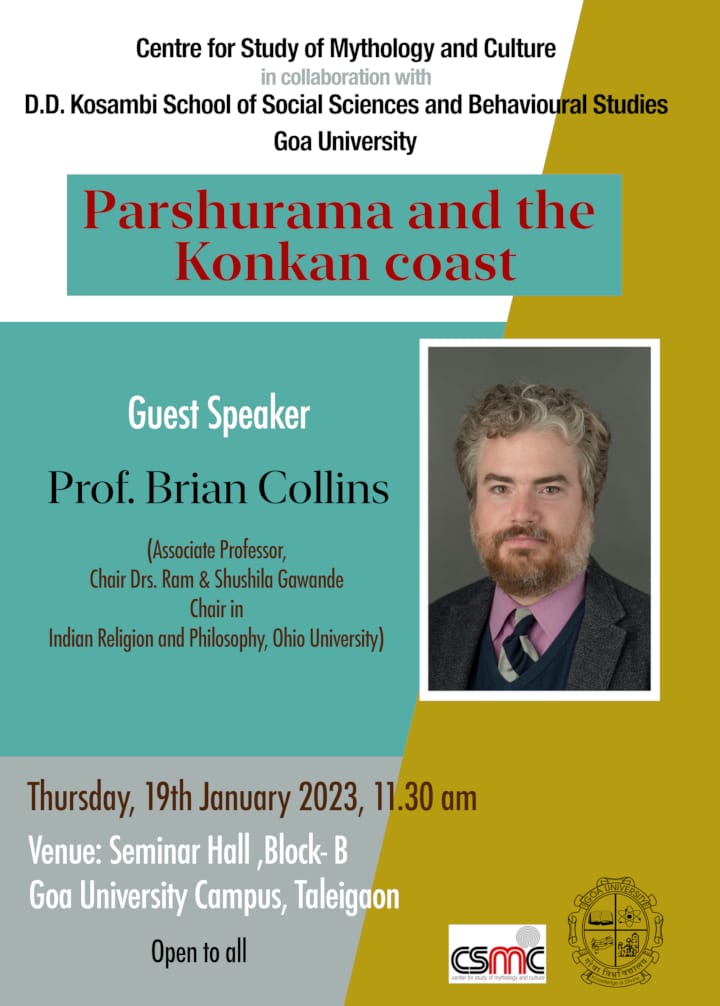
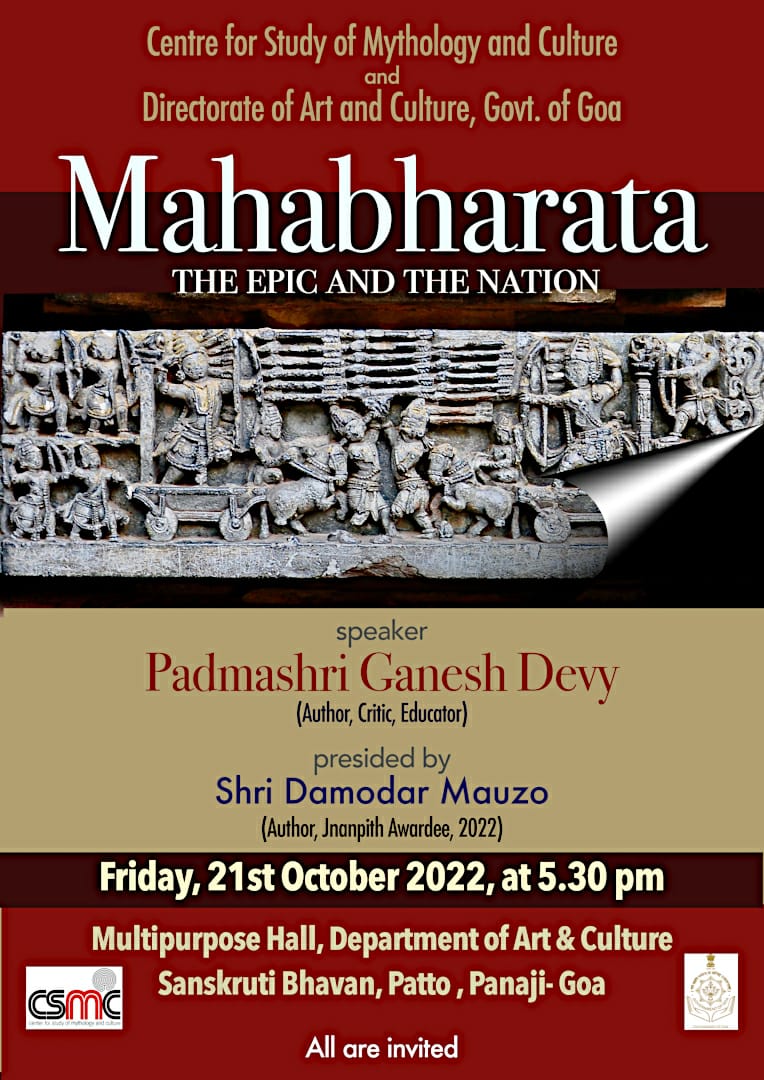
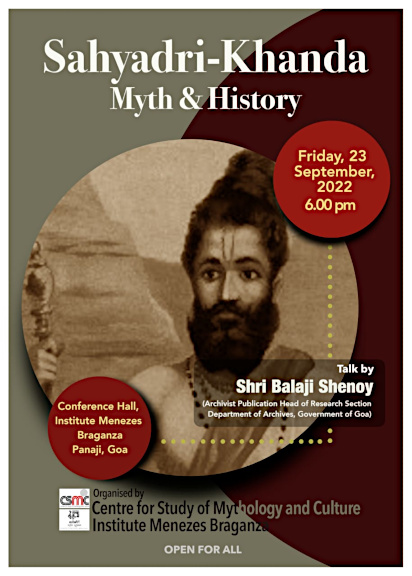
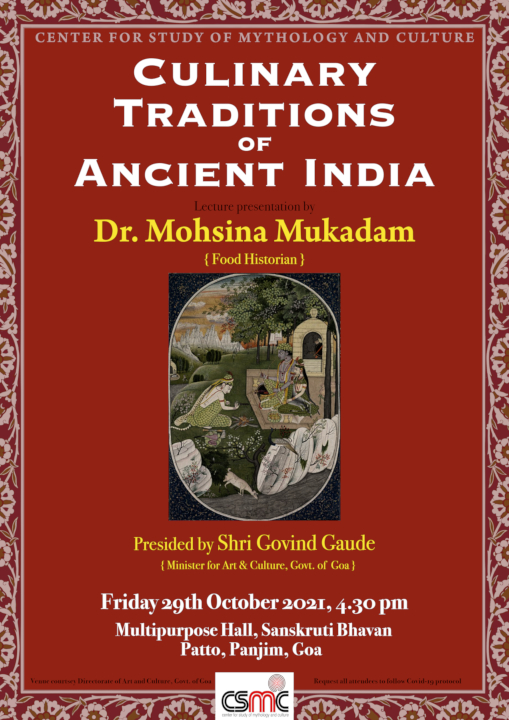

Leave a Comment